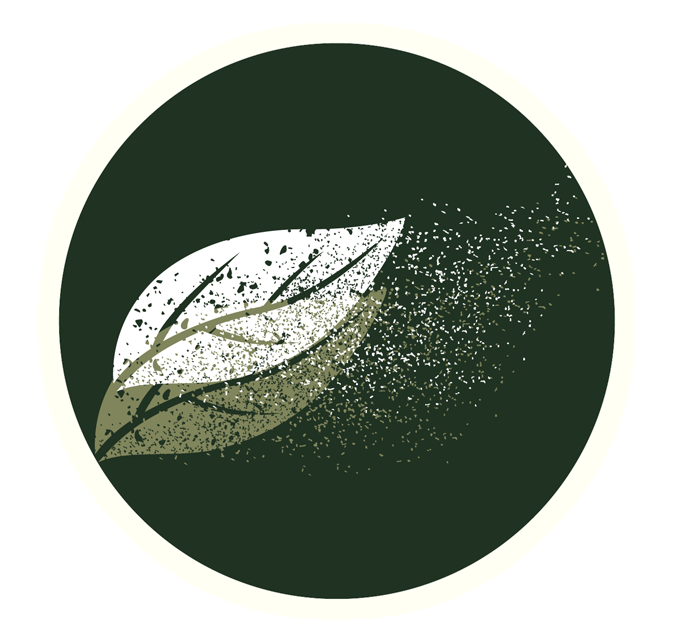One of the main things that stops people from composting is the mistaken belief that it’s the preserve of experts or keen gardeners, according to research by WRAP (Waste and Resources Action Programme). Fear of getting it wrong, especially when faced with information overload and conflicting advice, holds people back.
One of the ‘rules’ that many people ask about is the Browns/Greens balance. This is a basic guide to help people remember the balance needed between carbon-rich and nitrogen-rich materials to keep composting microbes happy.
Composting creatures have basic requirements for food just like the rest of us. If the ratio is wrong the composting creatures won’t be as happy and won’t decompose the organic material as fast but it will still happen. Nobody is going to come round giving your finished compost marks out of 10 (unless that’s the way you roll) and it’s unlikely you’ll get a mob of angry worms waving placards at your door. (If you do, be sure to upload the footage on YouTube.)
The Browns/Greens guide can be useful because it’s easier to remember that twigs are Browns and grass mowings are Greens rather than that twigs provide carbon and fresh grass provides nitrogen.
Everything breaks down eventually, even an untended heap in the garden. The main reason people want to get the balance right is to produce usable compost quickly and to avoid a smelly mess. Keep in mind that the right moisture level for composting is like a squeezed damp bath sponge, so that if a handful of compost is squeezed it should produce just one or two drops of liquid. This balance is best achieved through a 50:50 mix of dry carbon-rich Brown materials and wetter nitrogen-rich Greens.
What’s the problem?
Your composter will tell you if the balance isn’t quite right. For instance, if you encounter the following:
Smells – the problem is usually lack of aeration. Remedy this by stirring and adding shredded newspaper.
Ants – the problem is too much dry content. Remedy by watering gently with a small watering can and mixing in well.
Flies – the problem is too much poorly-covered nitrogen/Greens content. Remedy by stirring the surface, then covering with a layer of soil.
Here’s a quick guide to common organic waste materials you may want to compost:
GREENS: NITROGEN
- Food waste
- Fresh grass clippings
- Fresh weeds
- Flowers
- Soft prunings
- Plant debris (chop up stems)
- Seaweed/kelp
- Coffee grounds/filters
- Tealeaves
- Hair and fur (very slow to compost but add useful nutrients)
BROWNS: CARBON
- Dry leaves
- Straw and hay
- Shrub prunings
- Pine needles/ cones
- Newspaper and junk mail (scrunched up to keep air circulating)
(Paper in large amounts is best recycled to make more paper but can also be added to the compost heap, providing a good counterbalance to kitchen waste and grass mowings.)
- Brown paper bags, scrunched up
- Sawdust (balance with nitrogen-rich materials if using in large quantities)
- Straw (If adding in large quantities, mix with wetter ingredients)
- Pet bedding from herbivores
- Cardboard egg boxes
- Eggshells (may still be visible in tiny pieces in rotted compost so crush them first)
- Wood chips
Mulch ado about mowing
Grass mowings (Greens) are a good compost activator but too many can make compost too wet so are best balanced with carbon (Browns) such as dry leaves or cardboard.
You can cut down on the volume of mowings to be composted by leaving them on the lawn, where they will rot quickly and disappear. A mulching mower is useful because it chops the mowings into smaller pieces. Mowings can also be used as a soil mulch around shrubs and plants.
Check out the Frequently Asked Questions (FAQs) on our website for individual composters.



